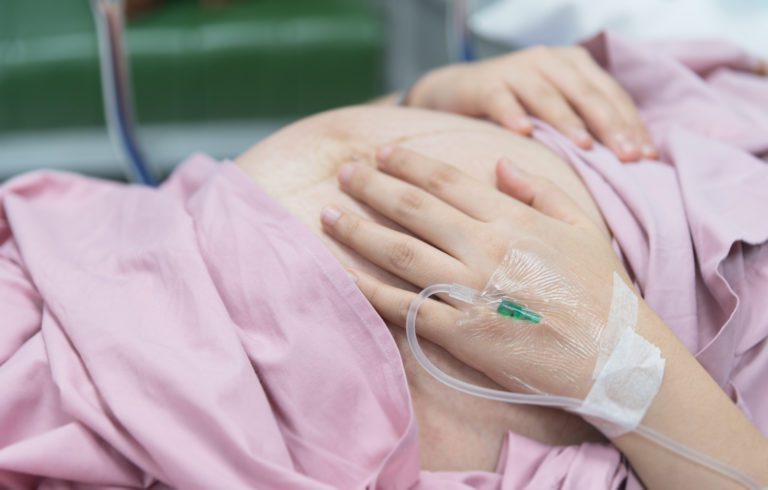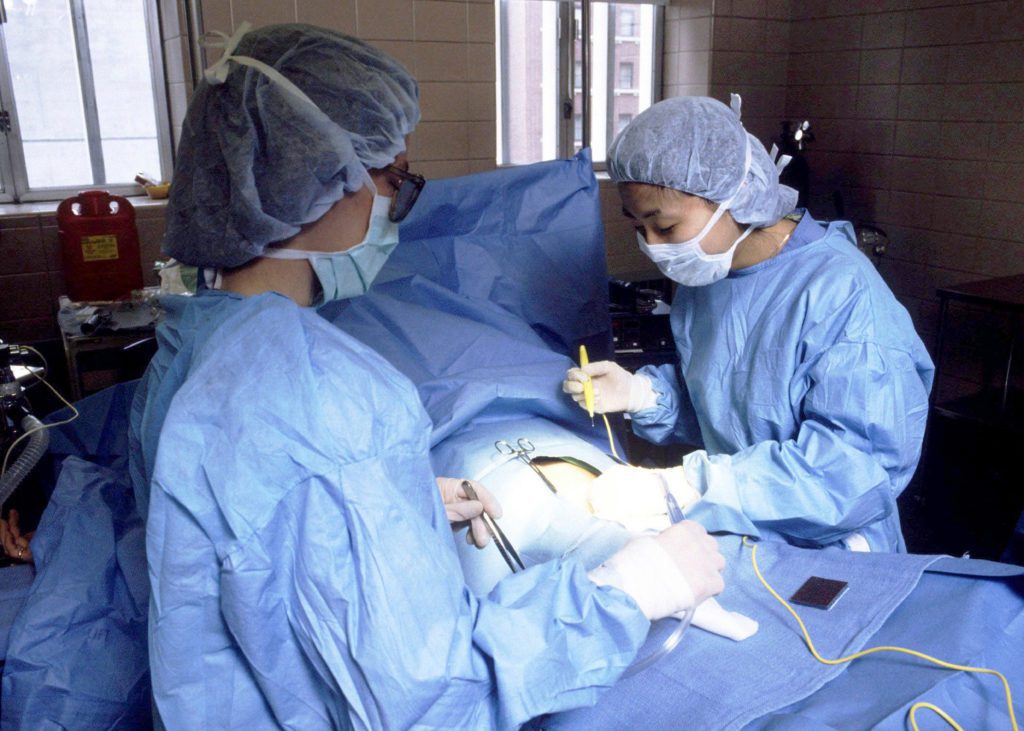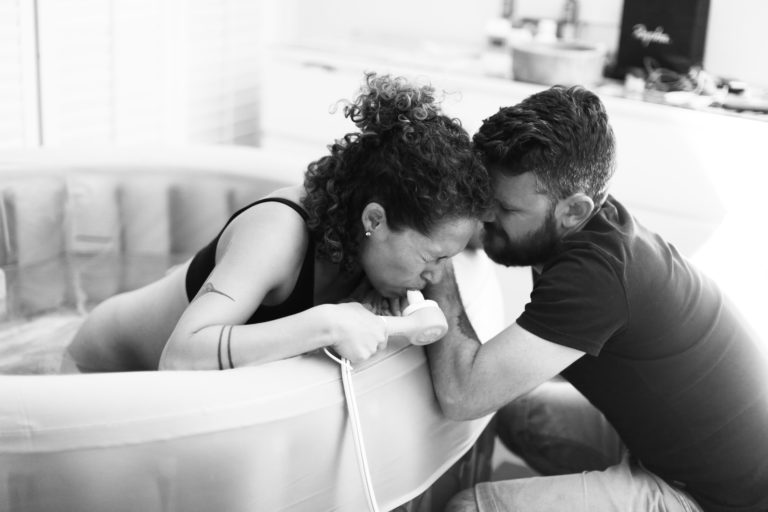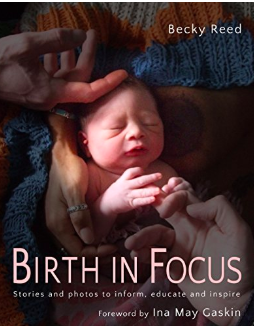The benefits and risks of hospital versus home births
by Beverley Beech
A Note from Debra:
Do you know the benefits and risks of hospital versus home birth?
This is a question I am asked all the time, so I decided to reach out to birth activist Beverley Beech and see what she had to say on the subject.
You may be surprised to read her response! Beverley includes a link to her informed consent form and provides the suggestions that all those that give birth in the hospital have their providers read and sign. The first time I saw this I had to smile, as there are risks and benefits to a hospital birth, yet I had never thought about what a true consent form for a hospital birth would look like until I saw this from Beverley.
*Warning it is shocking to see it all on paper.*
I admire Beverley for putting together the research and helping us to see our birth place choices in a new light.
“The staff also offer maternity services in a climate of fear, litigation, and bullying, which is endemic in midwifery. The woman is also often fearful, not only from hearing of poor experiences from other mothers, but also by watching programmes such as One Born Every Minute which focuses on drama and only rarely shows a normal birth” via Informed Consent for Giving Birth In Hospital
With the growing fear of birth, I feel the safest place to give birth is where you feel safest. But that requires understanding how each place of birth changes your odds and options on safely giving birth with the least or no interventions so as not to disturb your MotherBaby hormones. I hope Beverley’s blog will help you think in new ways so that you ask questions and make informed decisions. Only when you have the information you need can you truly feel safe and prepared to give birth where your wishes and desires for you and how you would like your baby’s birth and first hours to be will be honored.
For the last fifty years, women have been told that hospital birth is safer than home birth, despite the research showing that this not true. Obviously, if you or your baby have a problem then having a hospital birth would be a sensible decision. If, however, you and your baby are fit and healthy home birth is as safe as birth in a hospital.
Obstetric technology was developed to help women and babies with problems but, throughout the developed world those technologies are over-used, and as a result, many women end up with a cesarean operation to save them from the problems the interventions caused in the first place.

For example, Induction or acceleration of labour are interventions that are often done in order to process the woman through the hospital as quickly as possible; or the woman is persuaded that she is ‘overdue’ and her baby is at risk. These interventions are based on the average length of pregnancy, 40 weeks, despite the fact that pregnancies can range from 39 to 44 weeks. Some women will ‘choose’ an induction but they are rarely told how painful this is, or that it can lead to more interventions, often a cesarean operation.
The World Health Organization has stated that there is no health improvement when cesarean operation rates exceed 10%, yet there are many hospitals with rates over 30%, which means that, at least, two out of three women had a caesarean that could have been avoided.
Most women want to have a normal birth but do not understand that the chances of achieving a normal birth in an obstetric unit is small. The statistics that are collected claim at least a 60% ‘normal’ birth rate but invariably include a whole range of interventions – induction or acceleration of labour, continuous electronic fetal monitoring, epidural anaesthesia and a managed third stage of labour. All of these interventions interfere with the progression of a normal birth. A study looking at medical services around the world found that “over-medicalisation … can result in the treatment of essentially healthy patients in whom potential benefit is small and likely to be outweighed by harms.” (Brownlee, 2017).
Rarely are women told of the risks of hospital birth. Irritated by this imbalance I devised a consent form which set out the risks of hospital birth and suggested that those women given one-sided information should present it to their health professional.

A systematic review and meta-analysis by Hutton et al (2019) found that “The risk of perinatal or neonatal mortality was not different when birth was intended at home or in hospital.” Two other large studies by Brocklehurst (2011) and de Jong (2009) came to similar conclusions, yet health professionals persist in telling women that birth at home is dangerous.
Most women want to have a normal birth, but this is difficult to achieve in an obstetric unit where the staff are over-worked, are not able to offer continuity of carer, and are restricted by guidelines which invariably become rules that cannot apply to every woman. The staff also offer maternity services in a climate of fear, litigation, and bullying, which is endemic in midwifery. The woman is also often fearful, not only from hearing of poor experiences from other mothers, but also by watching programmes such as One Born Every Minute which focuses on drama and only rarely shows a normal birth.

Choosing to birth at home significantly reduces women’s risks of obstetric interventions and increases her chances of a normal birth. In 2011 a study in England (Brocklehurst et al 2011) compared the outcomes of 64,538 fit and healthy women and babies by place of birth and found that 92 per 1,000 births were spontaneous vaginal at home, compared with 73.8 per 1,000 in an obstetric unit, and only 2.1 per 1,000 women at home had a cesarean operation compared with 11.1 women birthing in an obstetric unit. Research is yet to be done on the long term mental health of women suffering from postnatal depression or post-traumatic stress following avoidable obstetric interventions.
There is a wealth of robust evidence showing that the majority of women can birth their babies normally when they are fully informed, have confidence in their ability to give birth, are with people they trust, in surroundings that are quiet and where they feel safe and disturbed as little as possible. Conditions that are commonplace at home.

A recent book by Becky Reed (2016) gives realistic pictures and accounts from both the midwife and the parents showing what can be achieved in birth and should be required reading for everyone involved in childbirth.
Women need to be able to make informed decisions about whether or not they are prepared to accept the risks of birthing in an obstetric unit or at home, risks that may impact on the rest of their lives, their future fertility, and the health of any further children, but they are often denied information to enable them to do so.
The current system of hospital birth for all is damaging to the majority. Obstetricians are experts in abnormality and it is time that their expertise focused on that. There is no doubt that there are many women and babies who have been saved by obstetric care, but in the process, far too many women and babies have been damaged and traumatized unnecessarily. The time for change is long overdue. The research clearly shows the advantages of birth at home, it is time the profession paid attention to it.
About Beverley Beech
Birth Activist, Author & International Lecturer
Beverley Beech is a birth activist, formerly Hon Chair of the Association for Improvements in the Maternity Services and formerly Fellow of the Royal Society of Medicine. She lectures, both nationally and internationally, on parents’ rights, user issues in maternity care and the over-medicalisation of birth. She has represented lay people on numerous national organisations and government bodies e.g. the Maternity Transformation Council. She is author of numerous books and articles about maternity care, the most recent is Am I Allowed? a book that informs women of their rights in maternity care.

Resources
Brocklehurst P, Hardy P, Hollowell J, Linsell L, Macfarlane, A, McCourt C, Marlow N, Miller A, Newburn M, Petro S, Puddicombe D, Redshaw M, Rowe R, Sandall J, Silverton L and Stewart M. (2011) Perinatal and maternal outcomes by planned place of birth for healthy women with low risk pregnancies: the Birthplace in England national prospective cohort study. BMJ, Vol.343 (No.7840). d7400. ISSN 0959-535X
Brownlee S, Chalkidou K, Doust J, Elshaug AG, Glasziou P, Heath I, Nagpal S, Saini V, Srivastava D, Chalmers K, Korenstein D (2017).
Evidence for overuse of medical services around the world, The Lancet 2017; 8 Jan 2017, 390: p156–68
Hutton EK, Reitsma A, Simioni J et al (2019). Perinatal or neonatal mortality among women who intend at the onset of labour to give birth at home compared to women of low obstetrical risk who intend to give birth in hospital: A systematic review and meta-analyses, The Lancet, 25 July, DOI:https://doi.org/10.1016/j.eclinm.2019.07.005
de Jonge A, van der Goes BY, Ravelli ACJ, et al. Perinatal mortality and morbidity in a nationwide cohort of 529,688 low-risk planned home and hospital births. BJOG 2009;116:1177-84.
Reed B (2016). Birth in Focus, stories and photos to inform, educate and inspire, Pinter and Martin, UK, ISBN 978-1-78066-235-0. Printed in the EU by Hussar Books.



